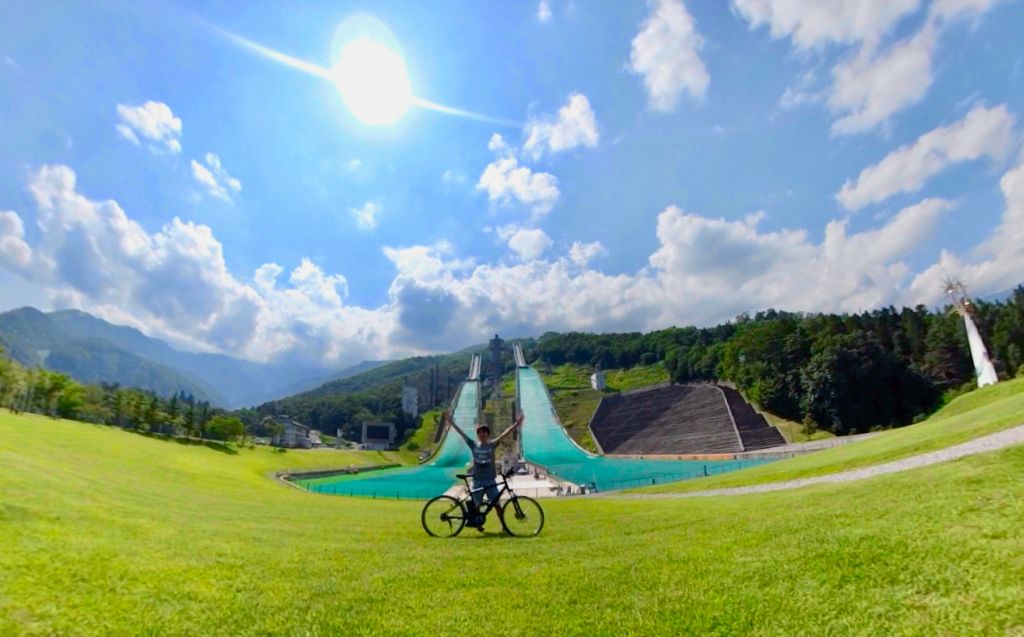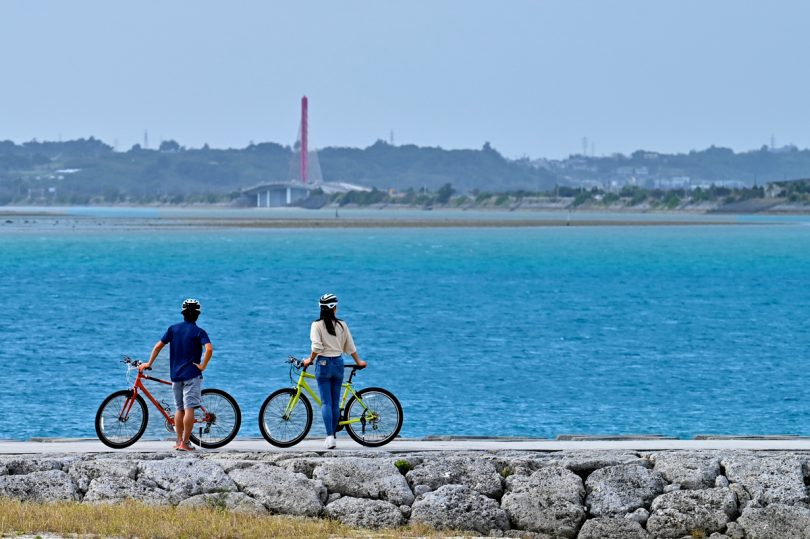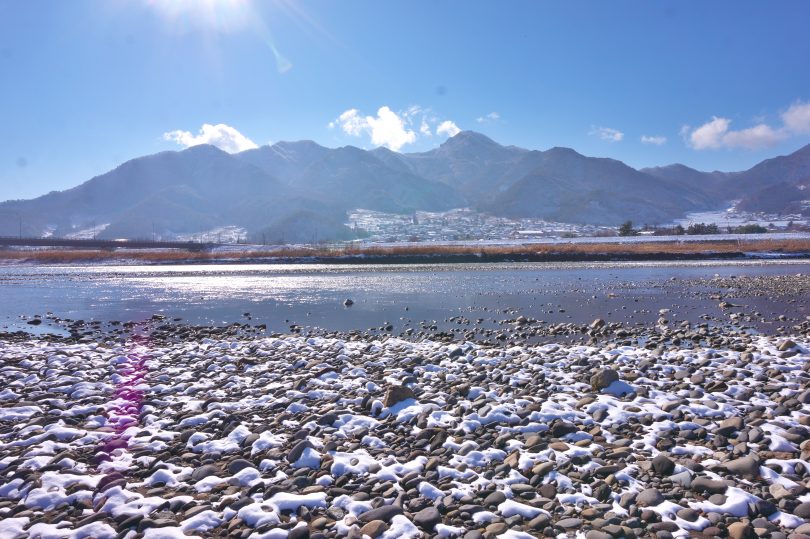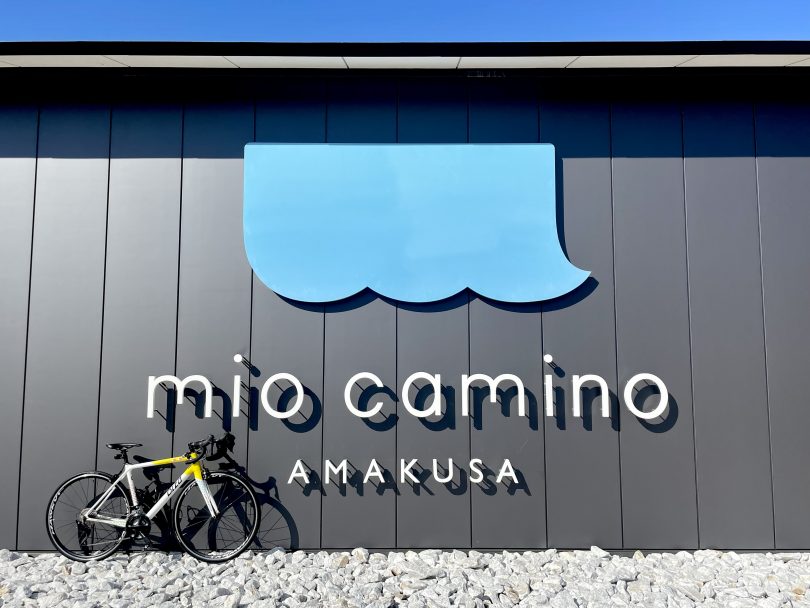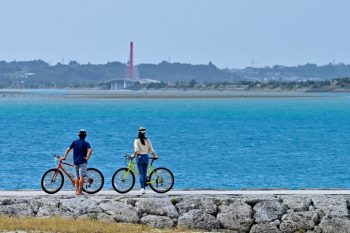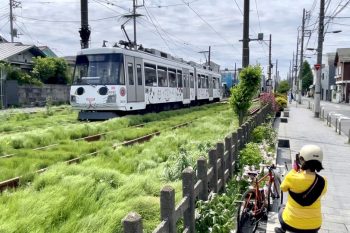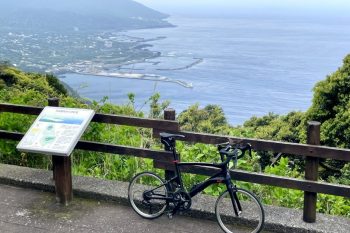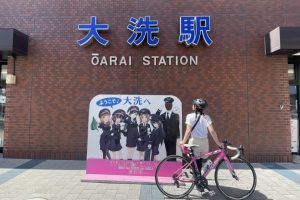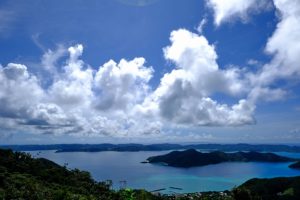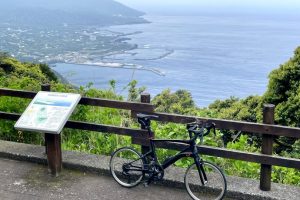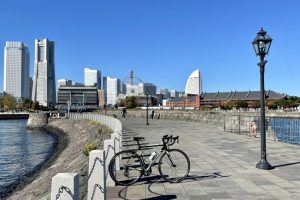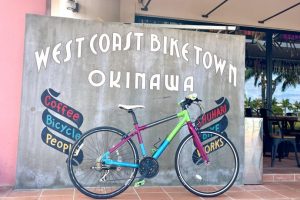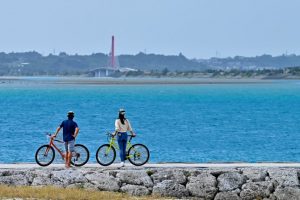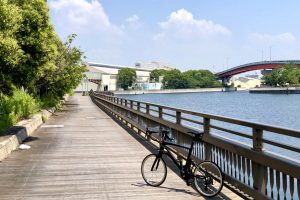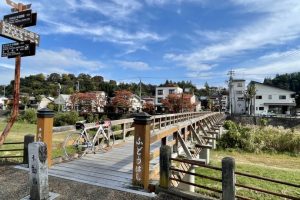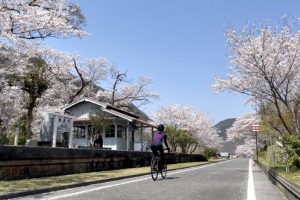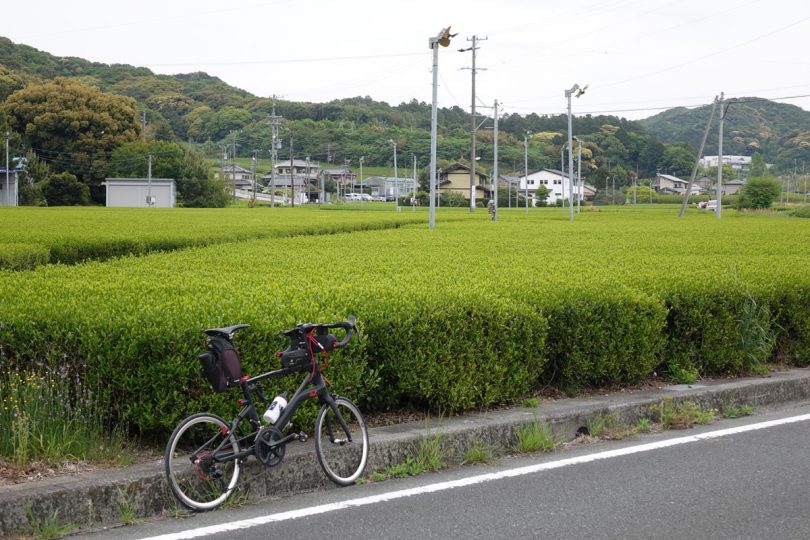
Fukuroi City, Shizuoka Prefecture, is home to three temples known as the Three Mountains of Enshu (formerly Totoumi Province): Mt.Bansho Kasuisai, Mt.Iou Yusanji, and Mt.Hatta Soneiji.
The course will take you to Yokosuka, which prospered as the castle town of Yokosuka Castle built by Yasutaka Osuga, a vassal of Ieyasu Tokugawa, while touring these three temples.
There are many places associated with the NHK historical drama “Dousoru Ieyasu,” and there is no shortage of places to visit. In addition, tea fields sprouting with fresh greenery await you along the route.
Contents
- Starting from a station near Fukuroi-shuku, we will first go to Kasuisai
- It takes one hour to climb up and down the vast grounds, which are about 10 times the size of the Tokyo Dome
- Can Yusanji Temple, which is beneficial for eye diseases, stop the progression of presbyopia?
- When you visit Mt. Hatta, dumplings to ward off bad luck are a must!
- Viewing seasonal tea plantations and the ruins of Yokosuka Castle
- Enshu Yokosuka, which flourished as a castle town and retains its old houses
- The 15 km to Kakegawa Station is a series of ups and downs not to be underestimated
- Course Introduction
- Summary
Starting from a station near Fukuroi-shuku, we will first go to Kasuisai
The starting point is Fukuroi Station on JR Tokaido Line, not far from Fukuroi-shuku, known as the middle inn on Tokaido Highway (the 27th inn counting from Edo or Kyoto). The station building where I got off the train also has a large sign on the wall that reads “Domannaka-dori Akiha-guchi.”
Follow the road to the north on Prefectural Route 275, which follows the old highway, for about 2.6km, and then turn right at the branch following the directions of Kasuisai.
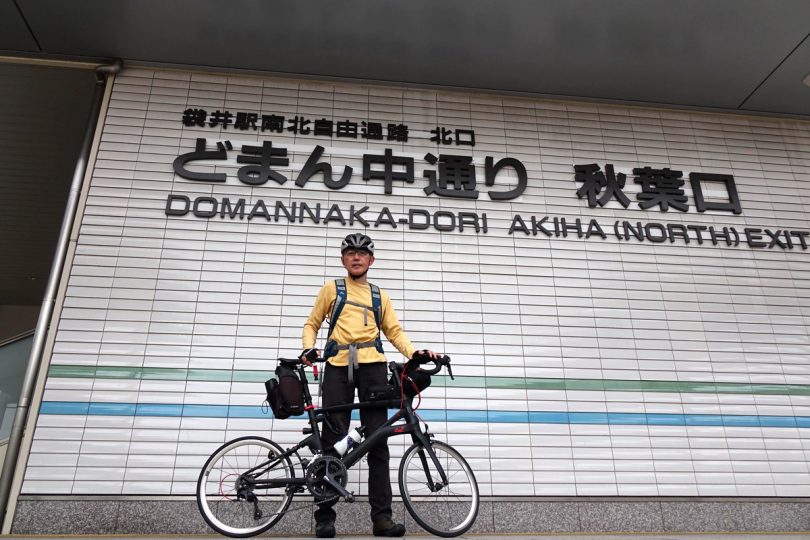
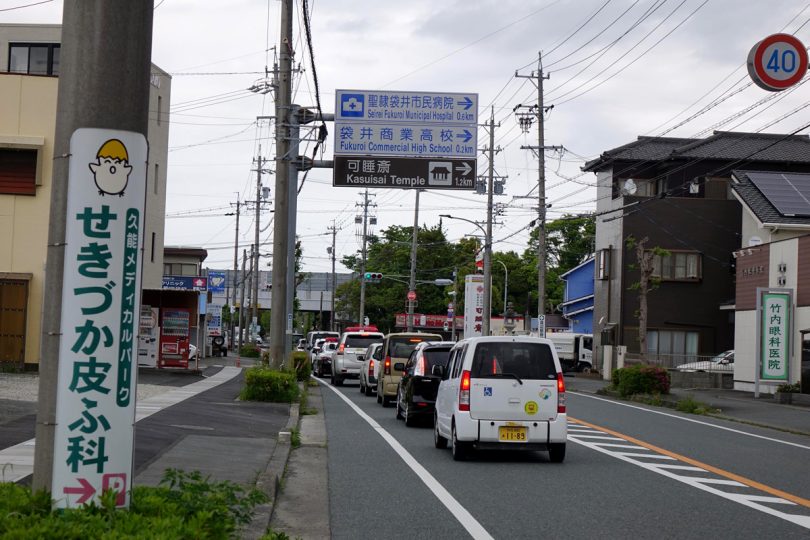
1.3km from the fork, go right at the road sign for Kasuisai, past the teahouses lined up in front of the main gate. There was a bike rack behind the shop, Seishinkaku, located just past the main gate.
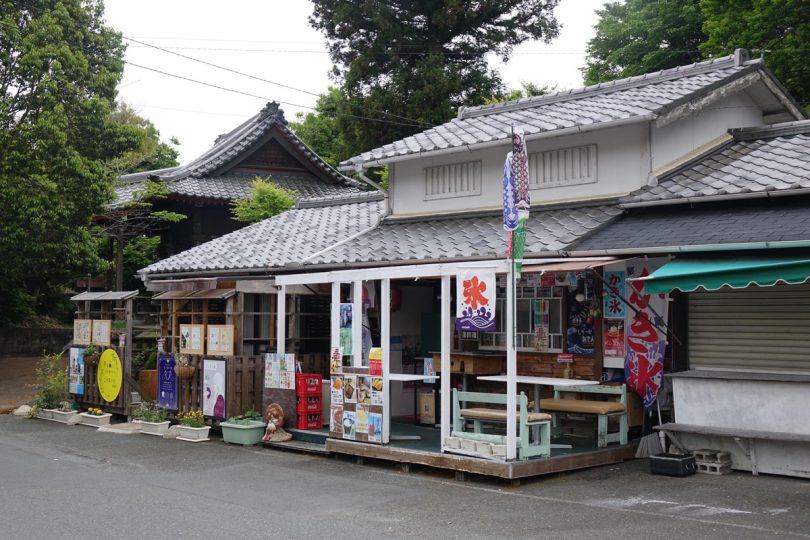
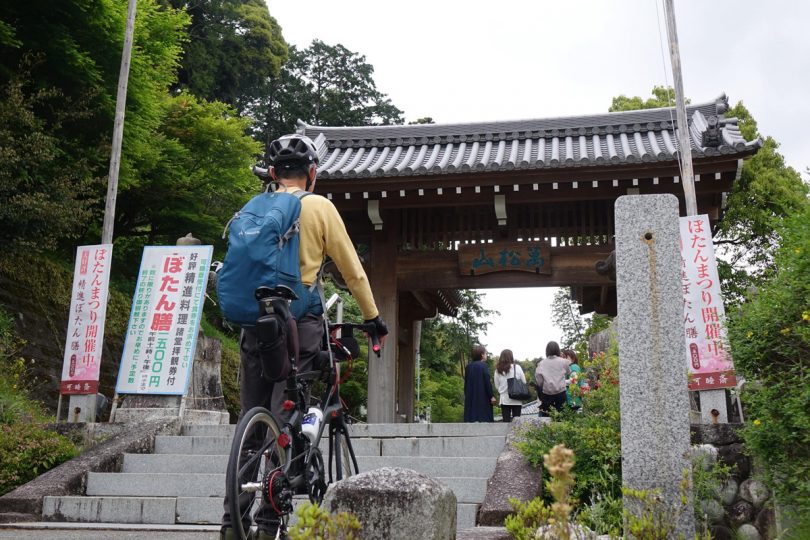

It takes one hour to climb up and down the vast grounds, which are about 10 times the size of the Tokyo Dome
The name “Kasuisai” (“You may sleep”) comes from the fact that a monk who taught Ieyasu as a child was invited to the castle and Ieyasu told him a story about the old days, and when the monk began to doze off, Ieyasu told him that he should sleep.
In 1873, Sanjyakubo Daigongen moved from Akiha Temple to this temple, and the name of the temple spread throughout the country as a god of fire prevention.Today, this temple is a large temple with many halls on a site about 10 times the size of Tokyo Dome.
After climbing the stone steps to the top of the temple, you will find the main hall with a massive irimoya-style roof.

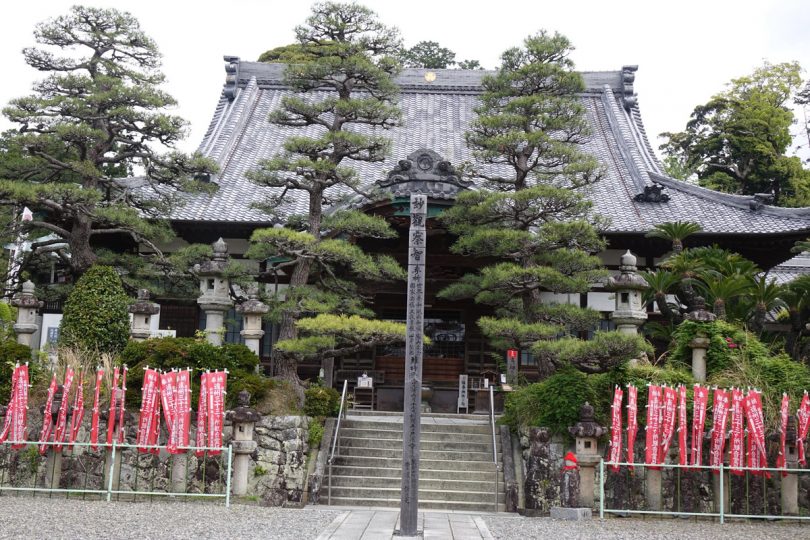
After praying here, you will climb the stone steps again to Goshinden, which is located behind the main hall on the left side, and on both sides of the steps you will see statues of tengu (long-nosed goblin), and on the inside wall of Goshinden you will see a number of tengu masks.
These tengu are said to be deified versions of Shugenja (mountain ascetics) who revitalized Akiha faith after it had temporarily fallen into decline.
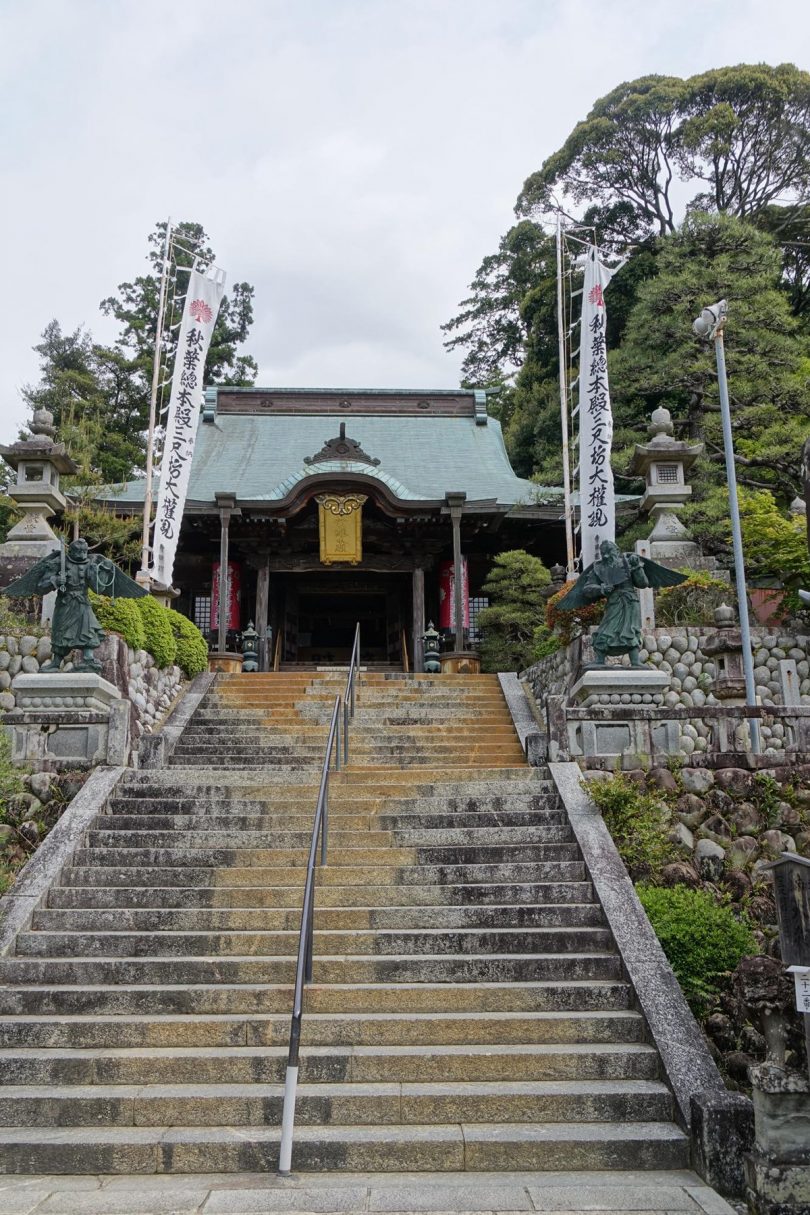


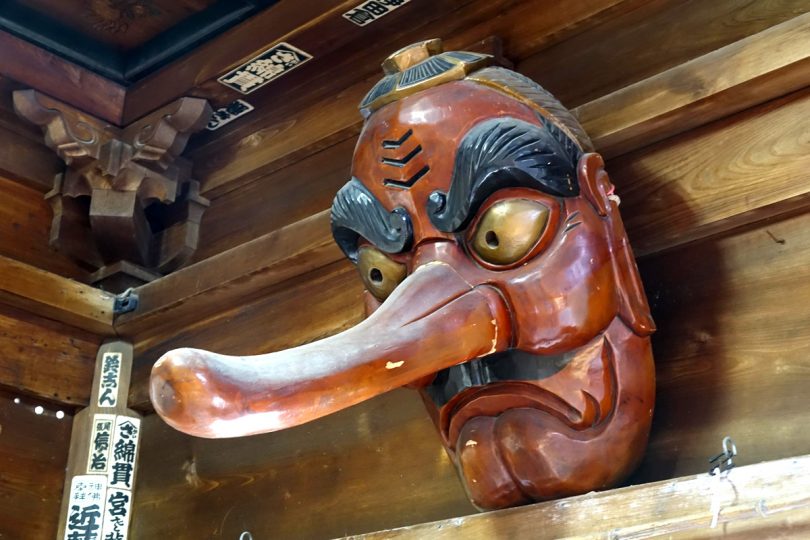
Ahead of the shrine, the visitor will see the six-character hole where Ieyasu, who was chased by the Takeda forces during the Battle of Mikatagahara, is said to have hid to save his life.
The interior of the cave is shaped like the figure 6, and can be turned around, but it is not possible to go deep into the cave at this time.
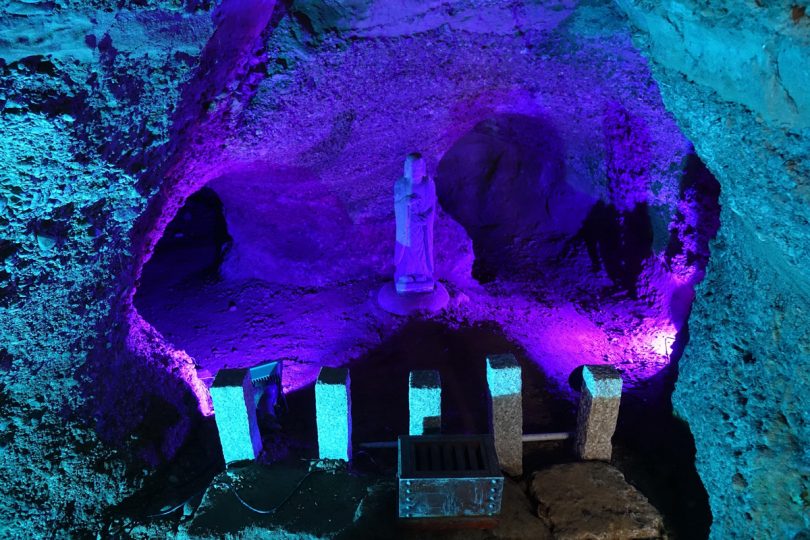
When you turn back from this point, the view below will make you feel as if you are looking at a sea of tiles, as many halls stand side by side in a row.
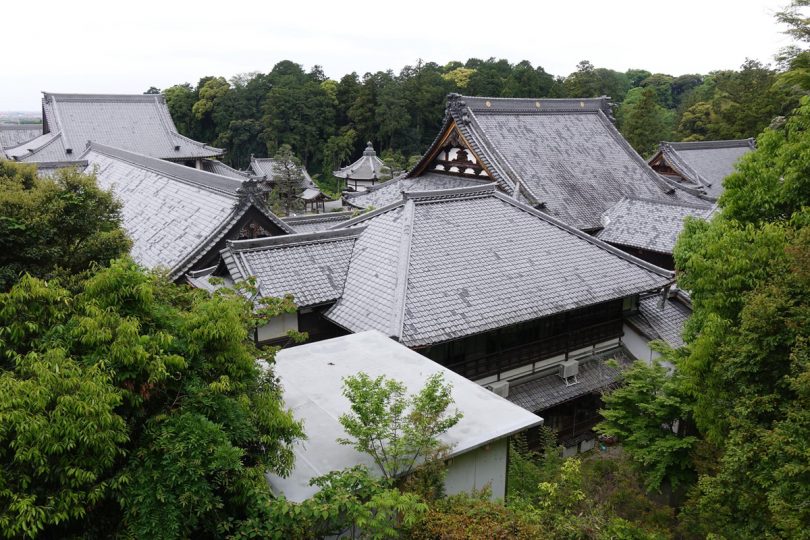
Next, I will visit another pagoda on the mountain, Gokoku-to, which was built in 1911. This pagoda was built in 1911 to honor the spirits of those who died in the Russo-Japanese War, and has a circular dome in the Indian Gandhara style.
The road to it, however, is a tortuous one. It is a steep, cobblestone slope that could be the most difficult part of the Ronde van Vlaanderen (The Tour of Flanders), Belgium’s one-day race.
The descent is as steep as the ascent, but be careful not to slip on the descent. Avoid wearing road bike shoes.

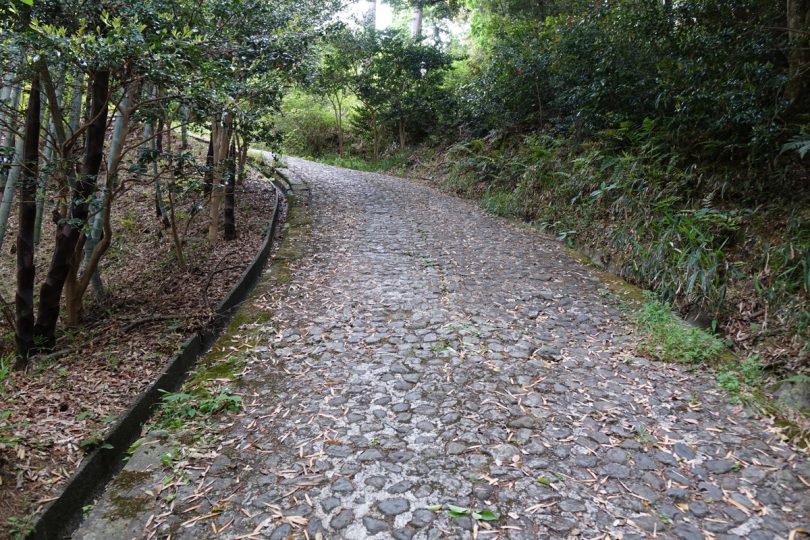
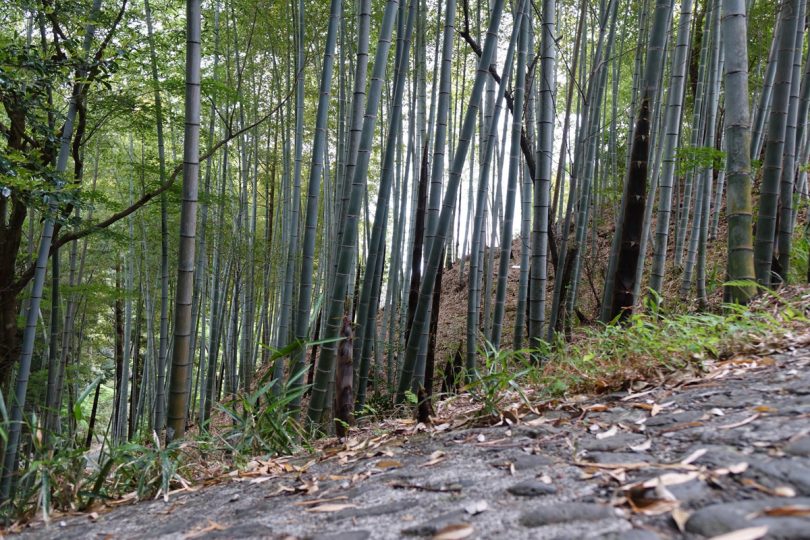
Can Yusanji Temple, which is beneficial for eye diseases, stop the progression of presbyopia?
It took me about an hour just to go around Kasuisai precincts, but if we followed the path northward from the main gate, it took us only 15 minutes to reach the next Yusanji Temple, a short 3km away.
There, a sturdy bike rack was set up. The gate of Yusanji Temple is a former main gate that was donated from Kakegawa Castle, which was abandoned in 1873. After passing through the gate, the path splits in two just before Kizanmon gate, so head to the right to visit the hojo and the shoin.
On the flat plaque of Hoshoden, located in the back of the temple, is a Chinese character for “eye” painted using old coins. This temple is famous as a temple that is beneficial for eye diseases.

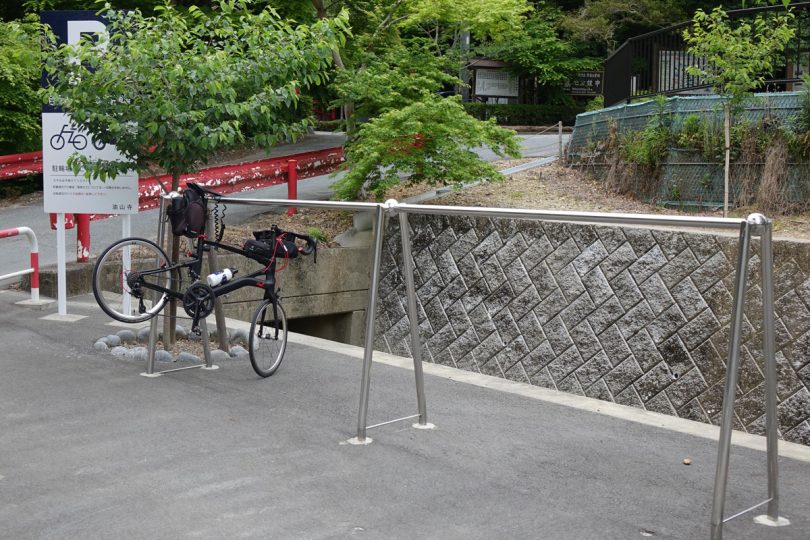
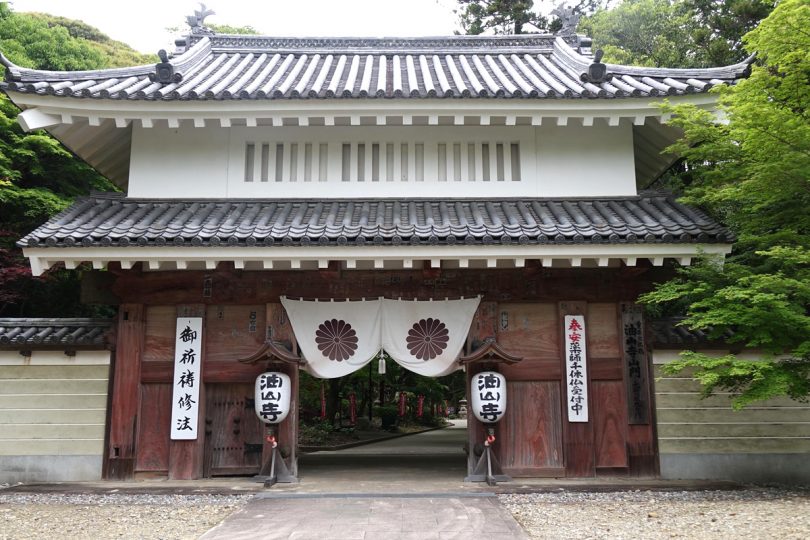
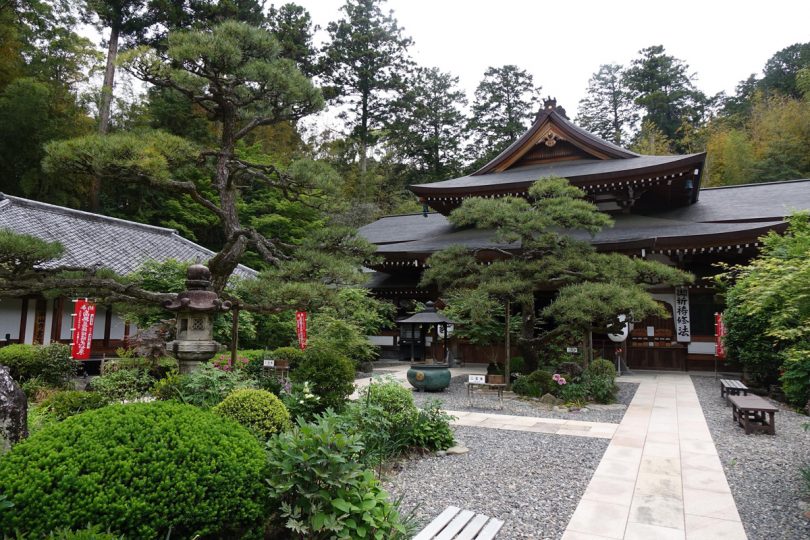
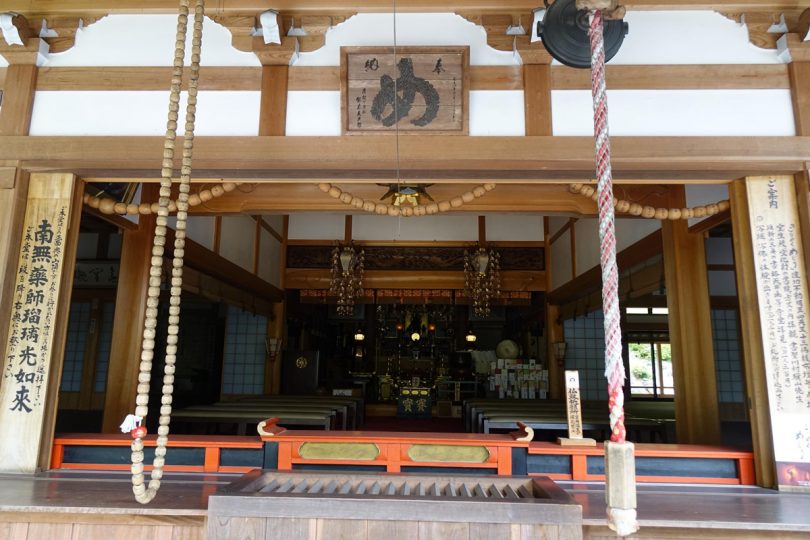
Then, heading to the left, one can feel the flavor of the mountain road. After passing Ruri Waterfall and climbing the stairs, one comes to the three-story pagoda and the main hall where Yakushi Nyorai, a hidden Buddha, is enshrined.
A map of the temple grounds shows that there is much more to see, but like Kasuisai, this temple also requires a climb up and down. I saved my strength for the next leg of the journey. Soneiji, the last of the Enshu Sanzan, is 9km away.


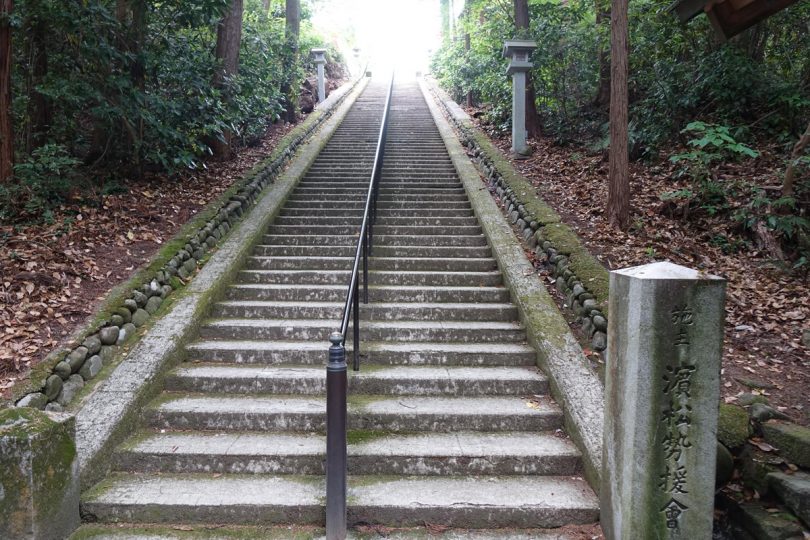
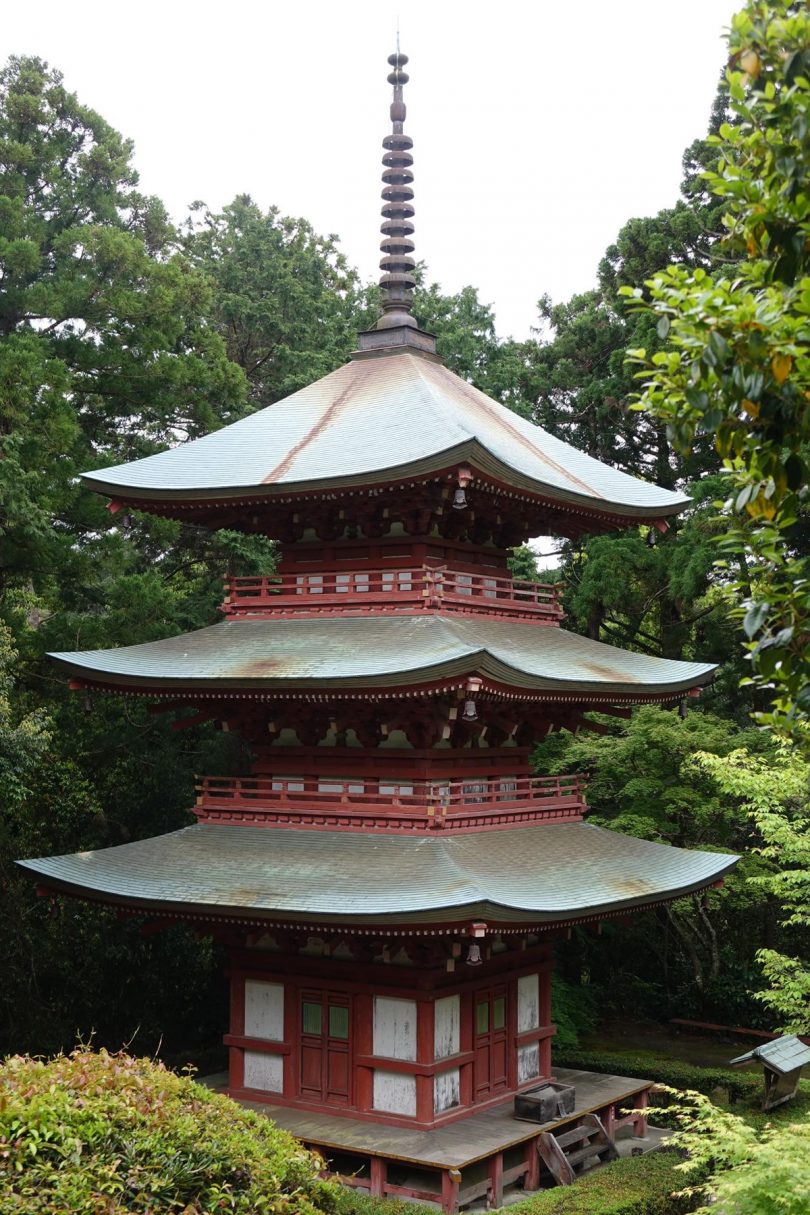
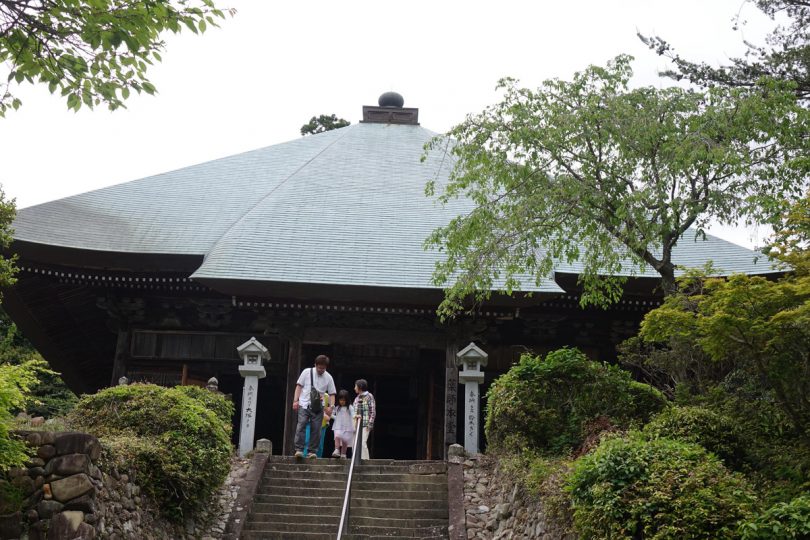
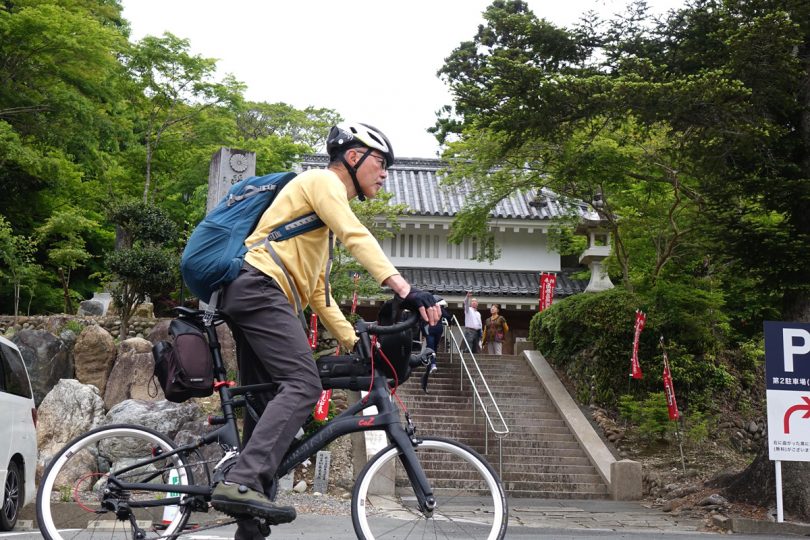
When you visit Mt. Hatta, dumplings to ward off bad luck are a must!
Soneiji Temple, which flourished under the faith of successive shoguns including Ieyasu, still welcomes many visitors, especially on Hatsumode (New Year’s visits to the temple).
The temple is known locally as “Hatta-san,” (Mt.Hatta) and you will find many shops lined up in front of the temple gate. When you reach Niomon Gate, a National Designated Important Cultural Property, you may leave your bicycle on the bike rack in front of the gate or push it through the temple grounds lined with giant trees (riding is not allowed).
After climbing the long stone steps to the main hall, follow the directions to the teahouse on the way down. “Yakuyakuyaku dango” (dumplings to ward off evil spirits), which are served there for 200 yen per plate, are a perfect combination with a visit to the shrine.

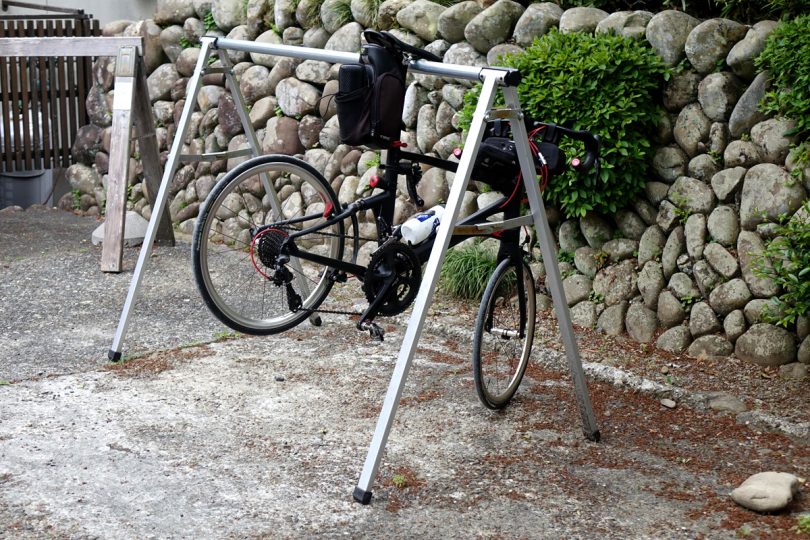
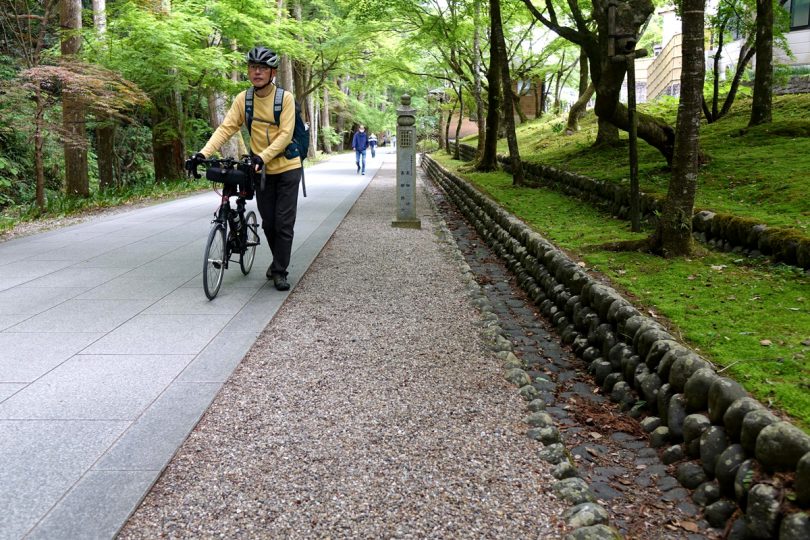
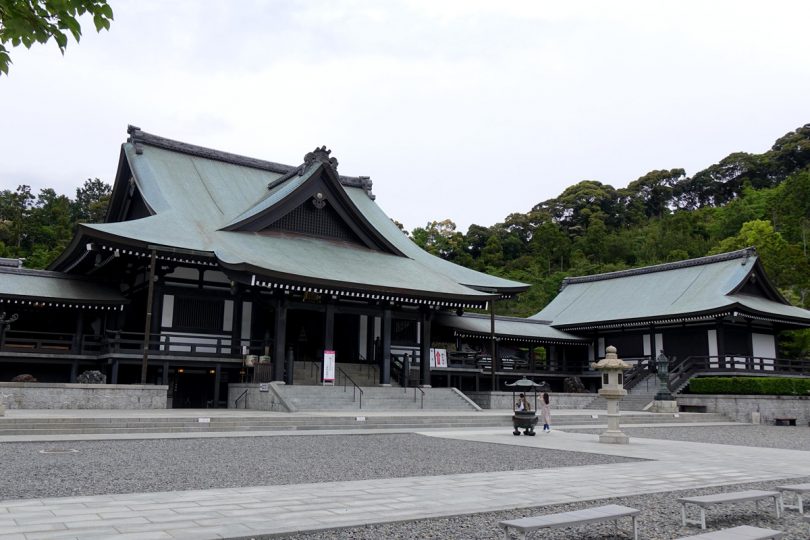
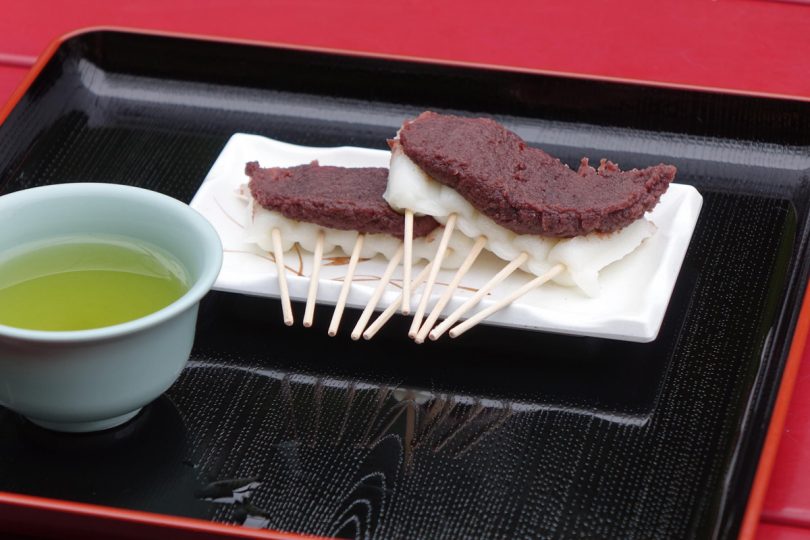
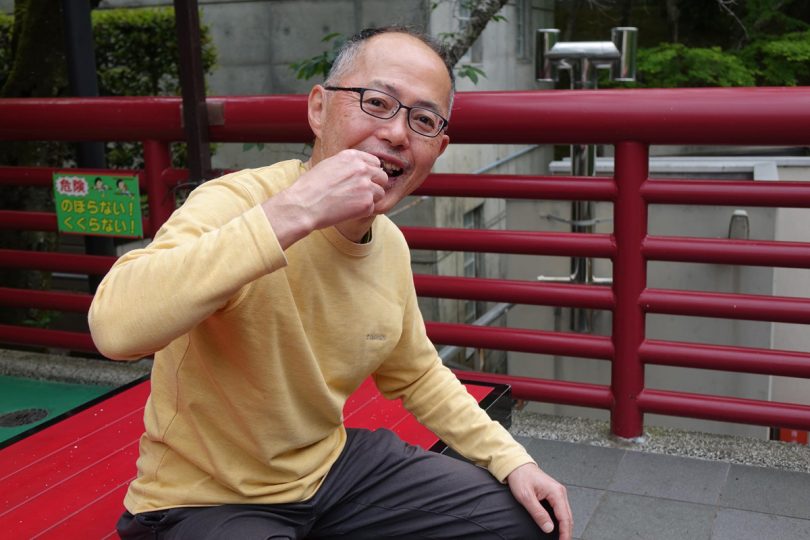
Viewing seasonal tea plantations and the ruins of Yokosuka Castle
Shizuoka Prefecture is known as a tea-producing region. Tea fields sprouting with fresh green leaves appear everywhere you go. Since this is the season of new tea, you may see people picking tea.
Farmers working in the tea fields have priority in the section of road between the tea fields. Even if farm equipment is blocking the road, wait patiently until they clear the way for you.
After passing through Nagasaka Tunnel and winding southward around the foot of the mountain, you will eventually arrive at the ruins of Yokosuka Castle. Although the castle was abandoned with the Meiji Restoration, it is now being maintained as a nationally designated cultural property.

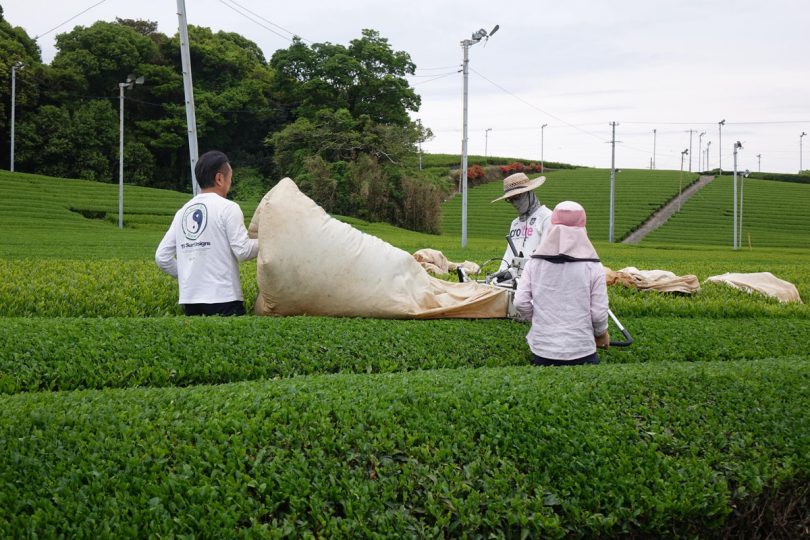
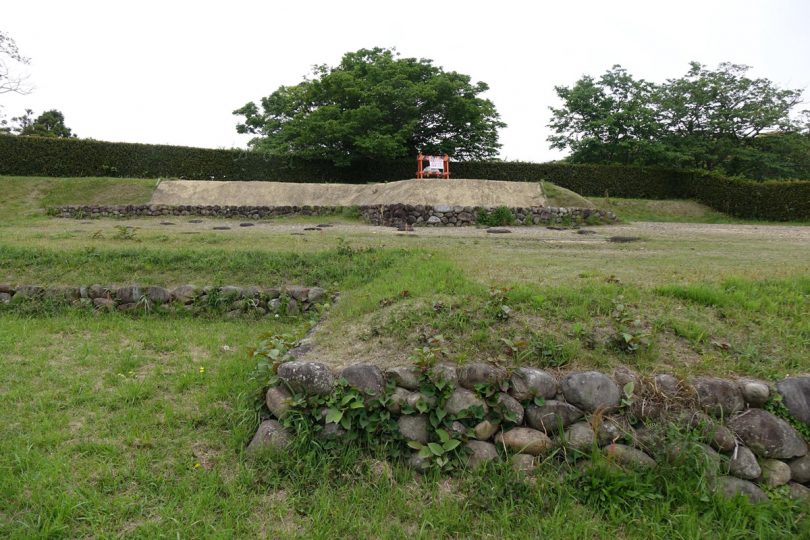

Enshu Yokosuka, which flourished as a castle town and retains its old houses
On the east side of the castle, in Enshu Yokosuka, which flourished as a castle town, there still remain old houses such as the old Shimizu family residence, which was a shipping agent in the Edo period, a post office in the Meiji period, and Yamanaka Sake Brewery, which brewed the famous sake Aoi Tenka.
The symbolic Kappo-ryokan Yao-jin is still in business, offering meals as well as lodging.
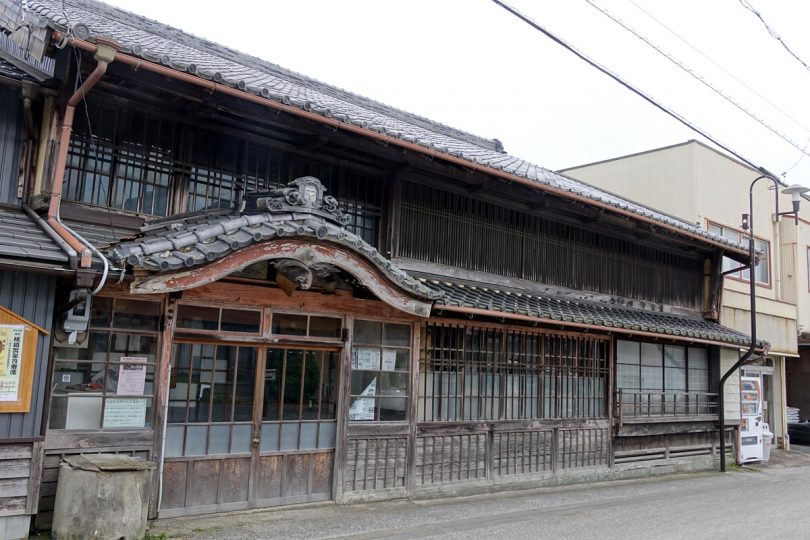
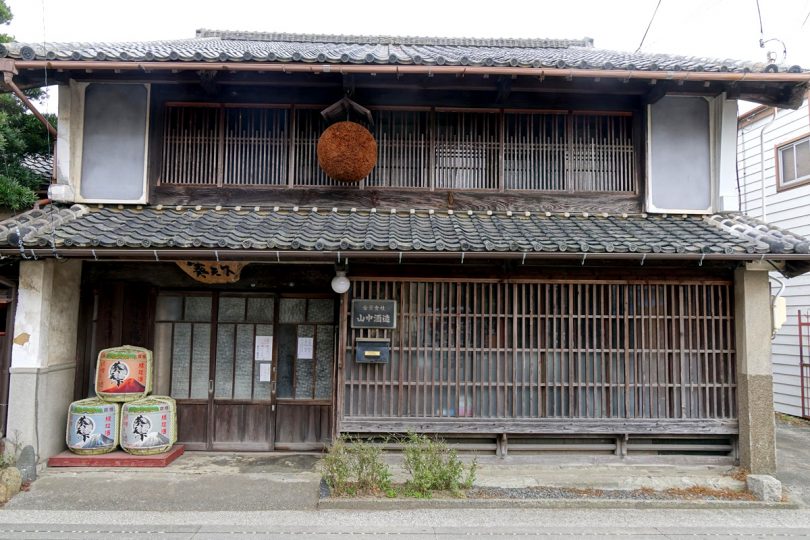
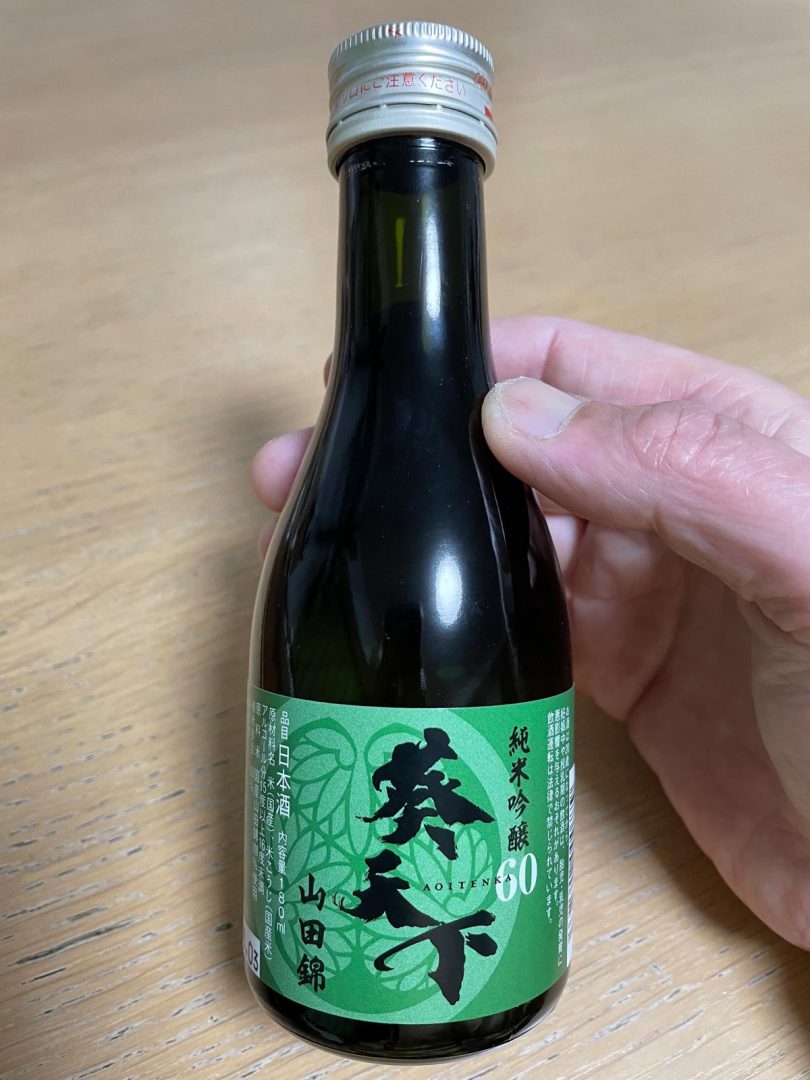


The 15 km to Kakegawa Station is a series of ups and downs not to be underestimated
After passing through Enshu Yokosuka, all that remains is to head for Kakegawa Station, where JR Tokaido Shinkansen train also stops. The remaining 15 km or so will take you to a peak over 170m in elevation, and although the gradient itself is gentle, you may feel a bit rushed if you have already reserved a train for your return trip.
There are ups and downs beyond this peak, and the old road branching off to the left seems to be heading toward disuse.
If you still have time to spare, a side trip to Nishi-Otani Dam Park adjacent to the dam’s reservoir or Hinokizaka Tunnel, a brick tunnel from the Meiji period located 300m to the left of the Kotonari intersection, is recommended.
You may also enjoy eating a famous hamburger steak at “Sawayaka”, a restaurant based in Fukuroi City and only available in the prefecture, before heading home.
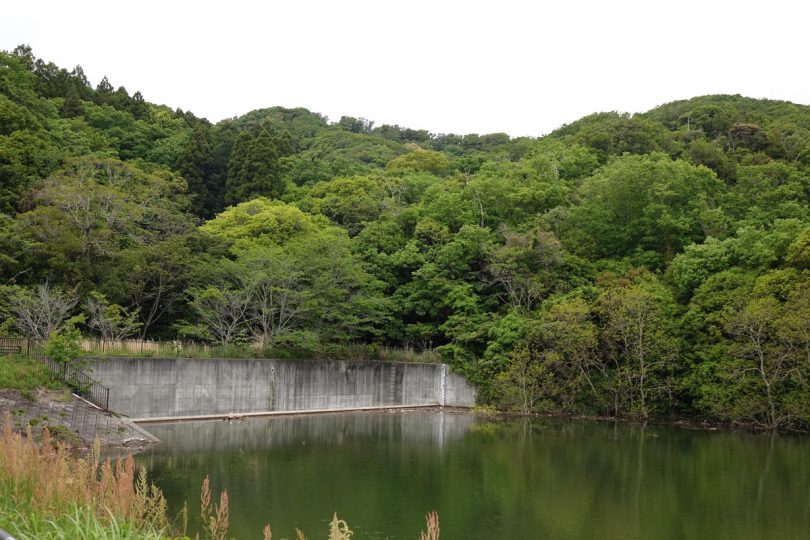


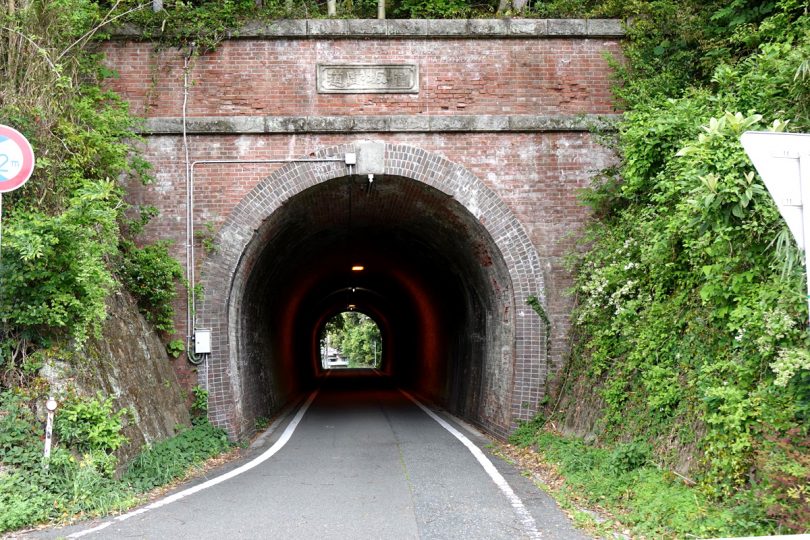
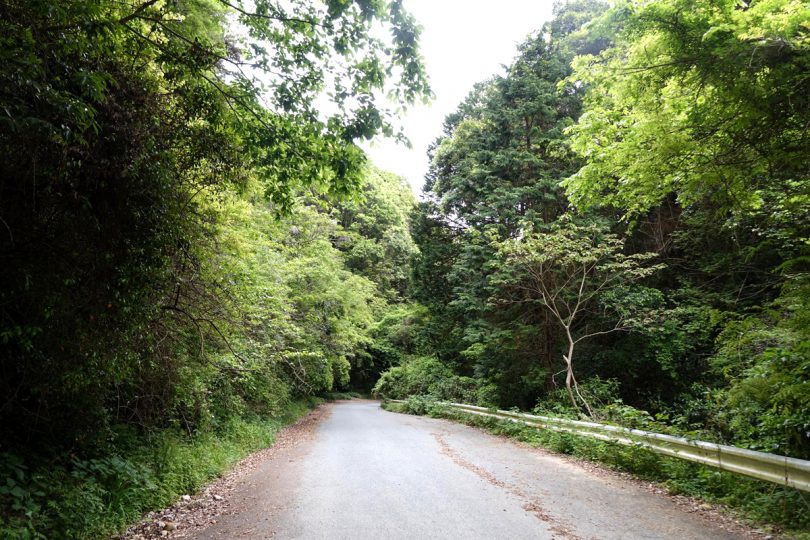
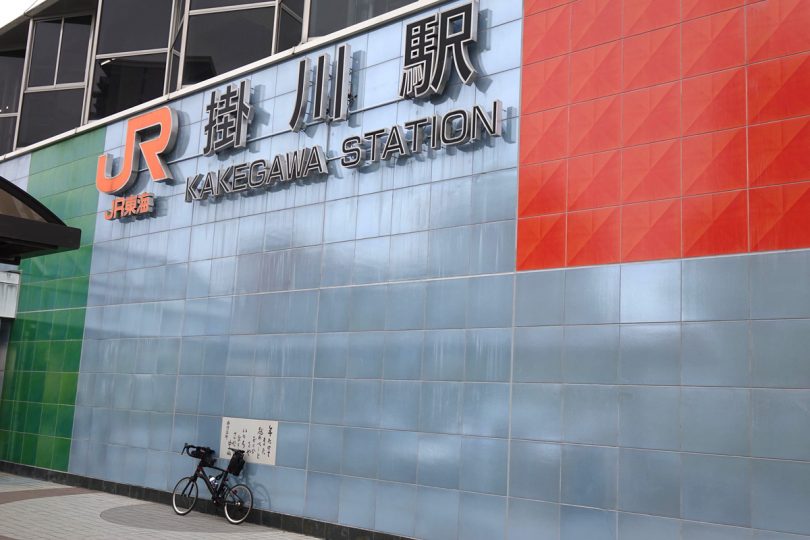
Course Introduction
The approach can be done by highway bus.
This course can start and end at Tomei Fukuroi bus stop and Tomei Kakegawa bus stop. Those who are familiar with transport with a bicycle may wonder, “Isn’t it possible to bring a bicycle onto a bus?”
Unlike trains, most buses do not allow bicycles to be brought on board. However, JR Tokai Pass website states, “Foldable bicycles can be stored in the trunk room on daytime buses only if they are in a special case and there is no risk of damaging other luggage or the floor. (This is only available on our service buses.)” It states, “If the total length, width, and height is 250cm, and the maximum length of one side is 200 cm, there is no problem.”
The e-mail received from Express Bus Net, where I made a reservation, stated that “bicycles (including folding type) …… cannot be loaded,” so I called them to confirm this, and they replied, “The e-mail is common among all companies that operate express buses, so it contains the maximum common contents.”
JR Tokai Bus offers daytime service from Nagoya⇔Shinjuku/Tokyo, Nagoya⇔Osaka, Universal Studios Japan, Nagoya⇔Gunjo-Hachiman/Takayama, Nagoya⇔Fukui, and Nagoya⇔Kanazawa, so it is highly worth using.
Comparison of fares and time required from Tokyo Station to Kakegawa Station (Tomei Kakegawa bus stop)
| Railroad (Local train) | Railroad (Shinkansen, non-reserved seat) | Highway Bus | |
| Fare | 4,070 yen | 7,470 ye | 3,630 yen |
| Time | Approx. 4 hours | Approx. 1 hour and a half | Approx. 3hours and a half (may be delayed du to the traffic condition) |
Summary
As mentioned at the end of this article, there are some ups and downs at the end of this course. If you are not confident in your leg strength, it is recommended to follow the reverse course starting from Kakegawa Station.
Depending on how you visit the precincts of each of the three Enshu mountains, you can make adjustments according to the amount of time remaining and the degree of fatigue. You can also make it a circuitous course by riding along the old Tokaido Highway between Fukuroi and Kakegawa.


